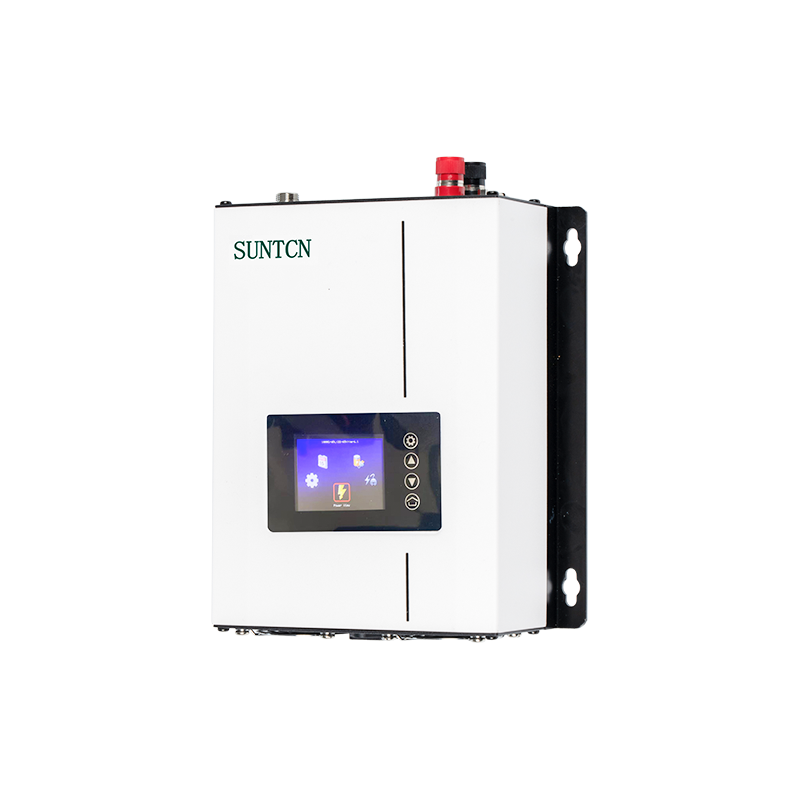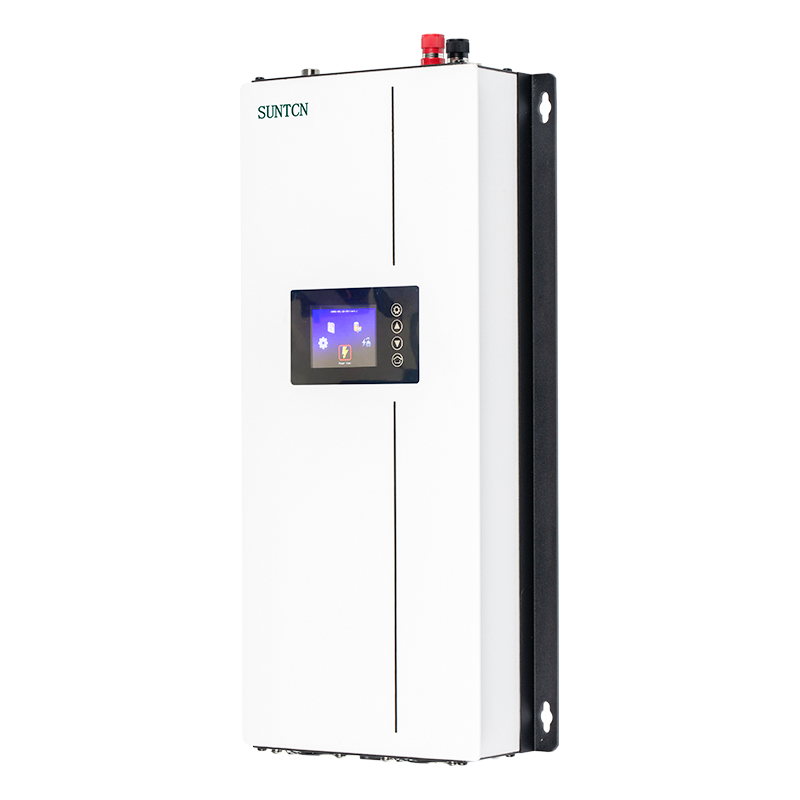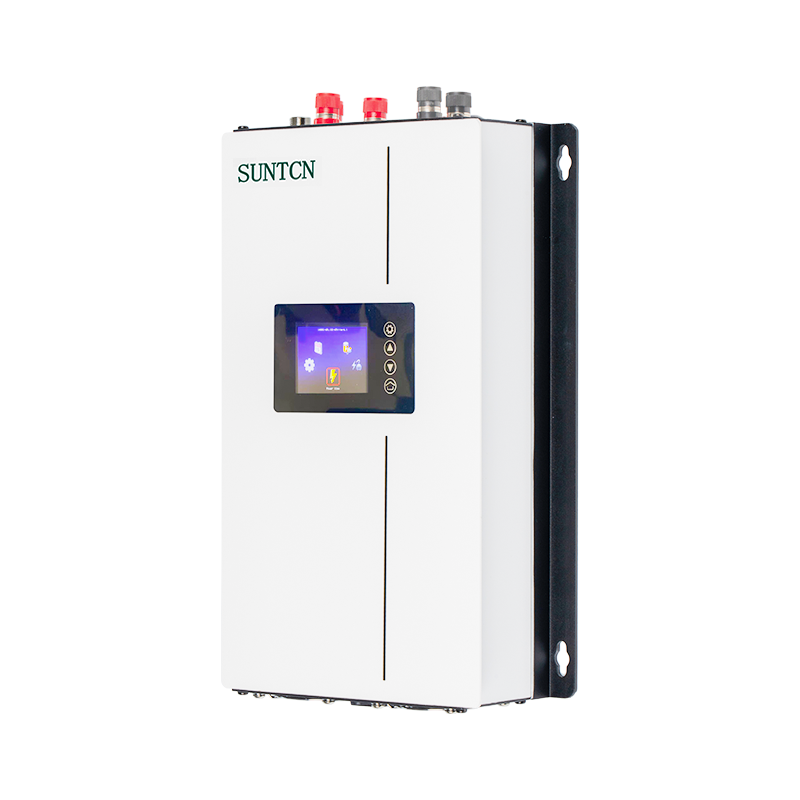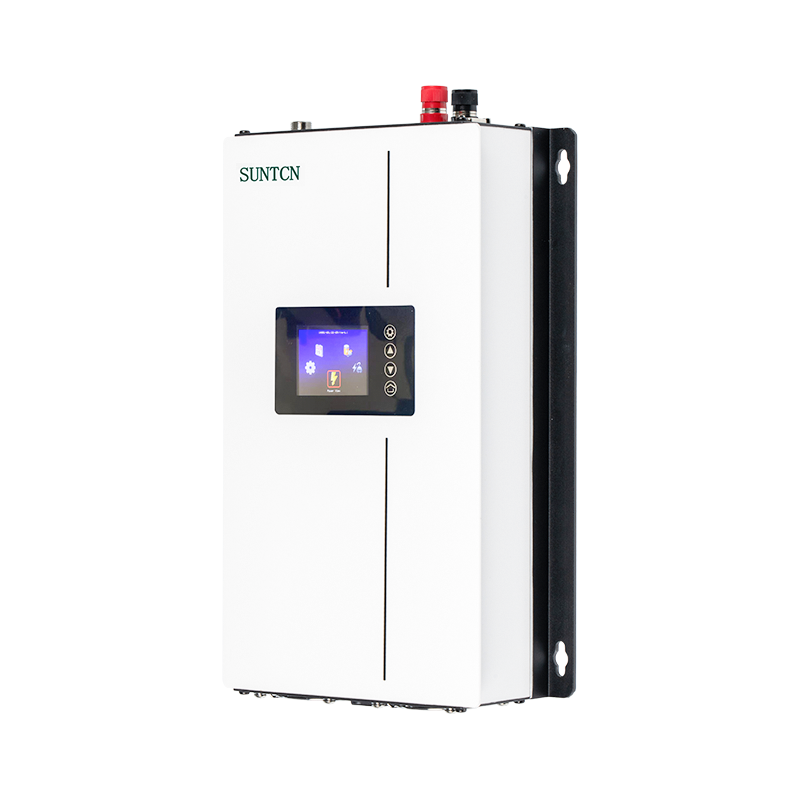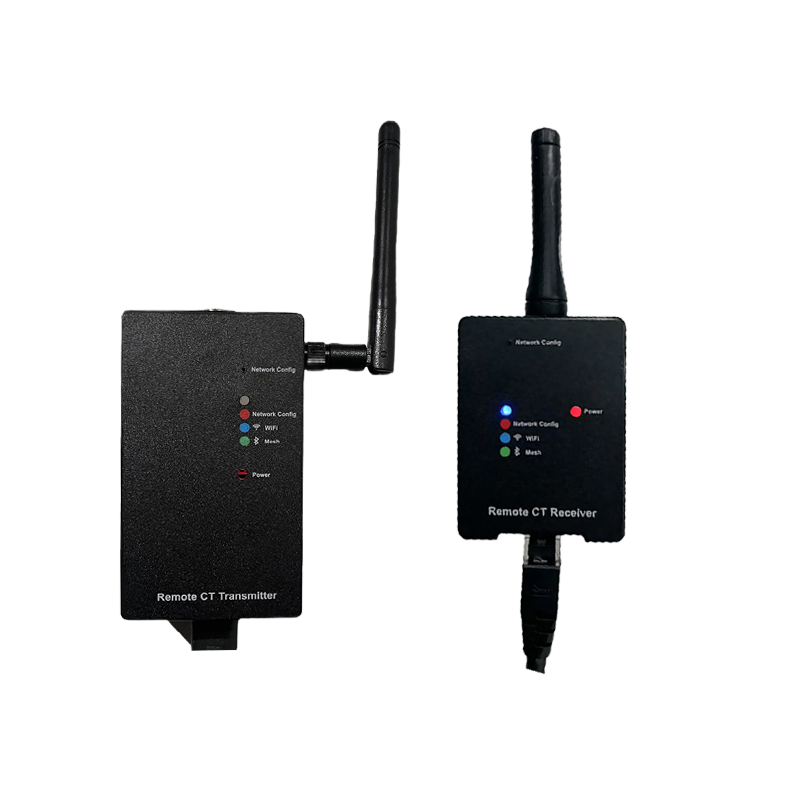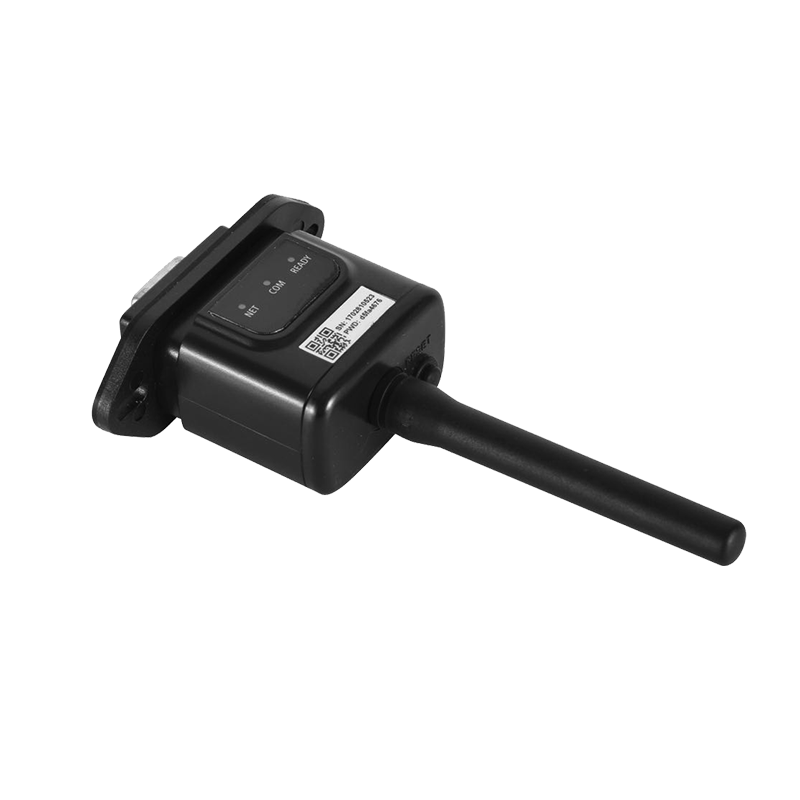Wind-turbine grid tie inverters are essential components in converting the kinetic energy from wind into electrical power that can be fed into the power grid. Understanding the key technical specifications of these inverters is crucial for selecting the right model and ensuring optimal performance, reliability, and compliance with grid standards.
Electrical Specifications
1. Rated Power Output:
The rated power output is the maximum continuous power the inverter can provide. It is a critical parameter that dictates the capacity of the inverter to handle the power generated by the wind turbine. Typically, these inverters range from a few hundred watts to several kilowatts, catering to both residential and commercial applications.
2. Input Voltage Range:
This specifies the range of DC voltage the inverter can accept from the wind turbine. A typical input voltage range might be between 20V to 600V DC, which accommodates the variable output of different wind turbine models and ensures compatibility across various setups.
3. Output Voltage:
The output voltage is the AC voltage that the inverter delivers to the grid. It usually matches the local grid standards, commonly being 120V, 230V, or 240V AC. This specification ensures that the generated power can be seamlessly integrated into the existing electrical infrastructure.
4. Output Frequency:
The output frequency is the frequency of the AC power produced by the inverter, typically 50Hz or 60Hz, depending on regional grid requirements. This ensures that the power fed into the grid is consistent with the local grid's operating frequency.
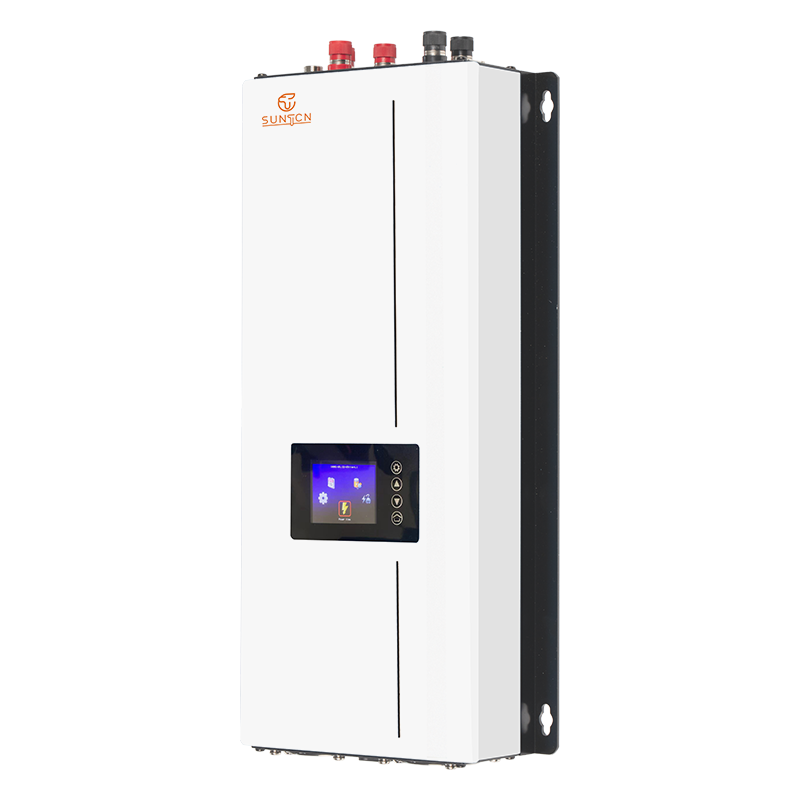
5. Maximum Power Point Tracking (MPPT) Range:
MPPT technology optimizes the power output from the wind turbine by continuously adjusting the electrical load to maintain the most efficient operating point. The MPPT range indicates the span of input voltages over which the MPPT system can function effectively, usually within the broader input voltage range (e.g., 50V to 550V DC).
6. Efficiency:
The efficiency of an inverter is a measure of how well it converts input power into output power, typically expressed as a percentage. High-quality grid tie inverters achieve efficiencies between 90% and 98%, ensuring minimal energy loss during the conversion process.
7. Total Harmonic Distortion (THD):
THD measures the distortion in the output signal. Lower THD values indicate cleaner power output. For wind-turbine grid tie inverters, THD is usually less than 5%, which ensures the quality of the power being supplied to the grid.
Physical and Environmental Specifications
1. Dimensions and Weight:
The physical size and weight of the inverter are important for installation and handling. For instance, a small residential inverter might measure around 400 x 300 x 150 mm and weigh between 10 to 20 kg. These specifications help in planning the installation space and support requirements.
2. Operating Temperature Range:
This range defines the ambient temperatures within which the inverter can operate reliably, commonly between -25°C to +60°C. This ensures that the inverter can function in various environmental conditions without performance degradation.
3. Cooling Method:
The method used to dissipate heat generated by the inverter is critical for maintaining efficiency and longevity. Cooling methods include forced air cooling, natural convection, or liquid cooling, each suited to different power ratings and environmental conditions.
4. Ingress Protection (IP) Rating:
The IP rating indicates the level of protection against dust and water ingress. An IP65 rating, for example, means the inverter is dust-tight and protected against water jets, making it suitable for outdoor installations.
Functional Specifications
1. Grid Compliance:
Grid compliance ensures that the inverter adheres to local and international standards and regulations. Typical standards include UL 1741, IEEE 1547, and EN 50438. Compliance with these standards is crucial for legal operation and safety.
2. Communication Interfaces:
Communication interfaces allow for data communication and monitoring of the inverter. Common options include RS485, Ethernet, Wi-Fi, and Modbus. These interfaces enable remote monitoring and control, providing valuable insights into system performance.
3. Monitoring and Control:
Inverters often come with built-in displays and capabilities for remote monitoring via web or mobile apps. Real-time data logging and monitoring features help in managing and optimizing the energy production and detecting potential issues early.

 English
English Español
Español Deutsch
Deutsch